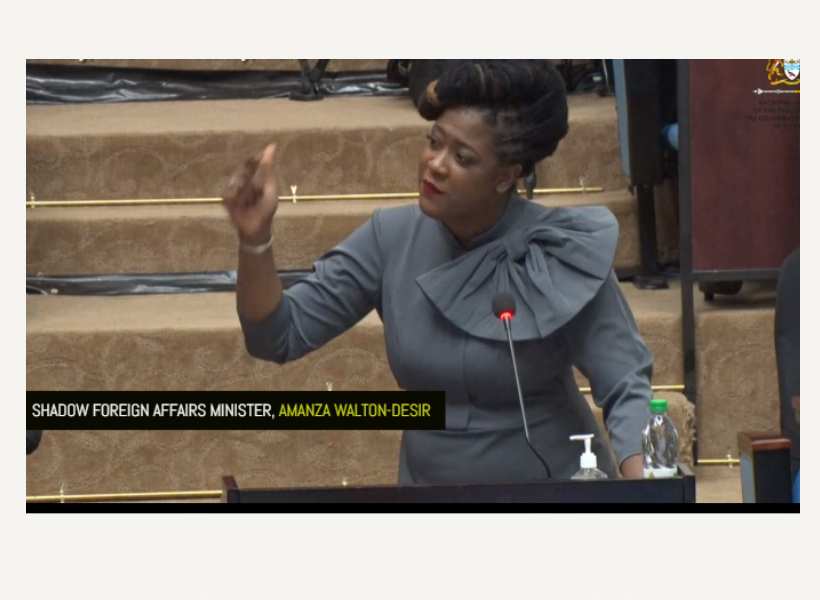The National Assembly this afternoon approved the increase to Guyana’s domestic and external borrowing capacity to $750 billion and $900 billion respectively.
The Orders were tabled at last week’s sitting of the National Assembly by Senior Minister within the Office of the President with responsibility for Finance, Dr. Ashni Singh.
The Orders were met with objection by Opposition Member of Parliaments, Juretha Fernandes, Amanza Walton-Desir and Ganesh Mahipaul.
Fernandes contended that the government is ready to increase the country’s debt ceilings which she said can have serious consequences on future generations.
“They (Government) believe the more money Guyana has, the more Guyana should borrow, what is even sad is that the PPP (People’s Progressive Party) is borrowing based on projected figures from oil revenues…One of the most significant dangers faced by our oil dependent country is its vulnerability to oil price fluctuations, if oil price plummets like we have seen in the past, we will be struck by a severe revenue shock,” MP Fernandes said.
She underscored that the Government approach the House to increase the debt ceilings, while failing to do basic things like raising wages for public servants.
The Opposition MP noted, “Our budget is already being carried by the oil and gas sector, we cannot keep adding debt to this country.” She said too, “It leaves questions, for the PPP to come to this House and operate as if there is no harm to what they are doing…It is simply reckless for the PPP to continue borrowing in the manner in which they are doing.”
For his part, Mahipaul requested that the Government submits the list of the project that needs to be funded under its “ambitious developmental agenda” which is the reason for the increase in the debt ceilings.
Supporting the motion was Government MPs: Collin Croal, Dr. Vindya Persaud, Deodat Indar, Zulfikar Mustapha, Juan Edghill and Mark Phillips.
In his presentation, Dr. Singh underscored that given Guyana’s economic outlook, increasing the external and domestic debt ceilings, do not threaten the country’s long-term debt sustainability.
“It’s called sustainable borrowing,” the Finance Minister said.
In responding to the arguments made by MPs Fernandes and Mahipaul, Dr. Singh said, “Today we have multilateral, bilateral and private lenders from around the world, who are not naïve, who are not incompetent people they are the most sophisticated… we have the capacity to borrow today because these lending agencies have rigorously assessed Guyana’s economic potential that we have the capacity to repay whatever the loan we borrow.”
To this end, the minister noted that as Guyana’s ability to borrow more increases the Government will return to the National Assembly to further increase the debt ceilings. Following Dr. Singh’s concluding argument the National Assembly approved the motions to increase the country’s debt ceilings.
Moreover, Guyana’s debt ceilings previously stood at $500 billion for domestic debt ceiling and $650 billion for external borrowing ceiling – which was increased by the Government in January 2021.













